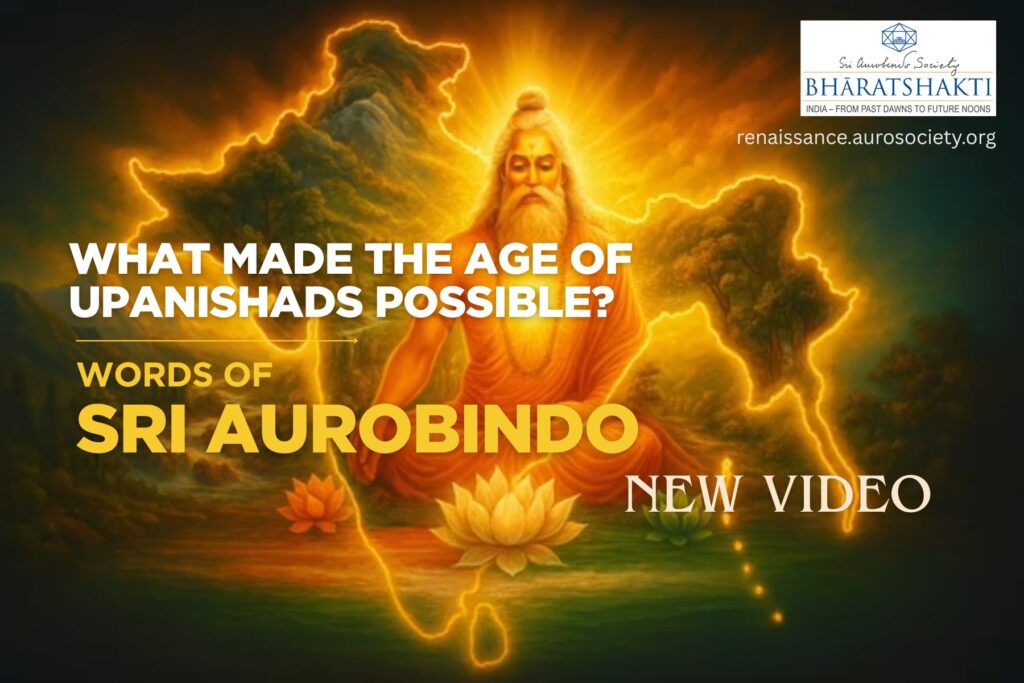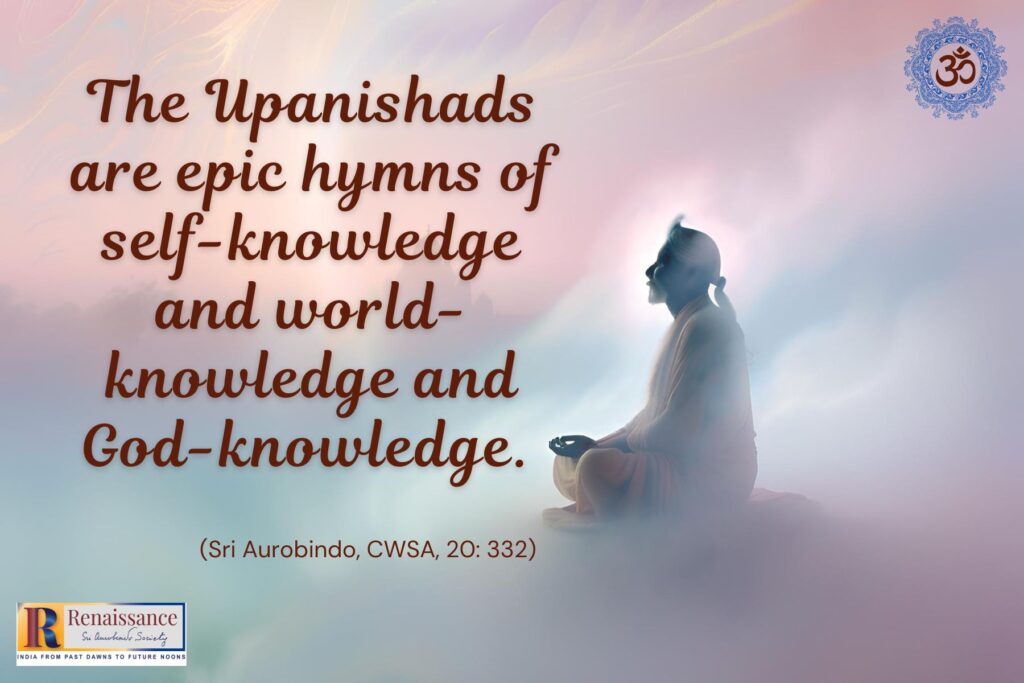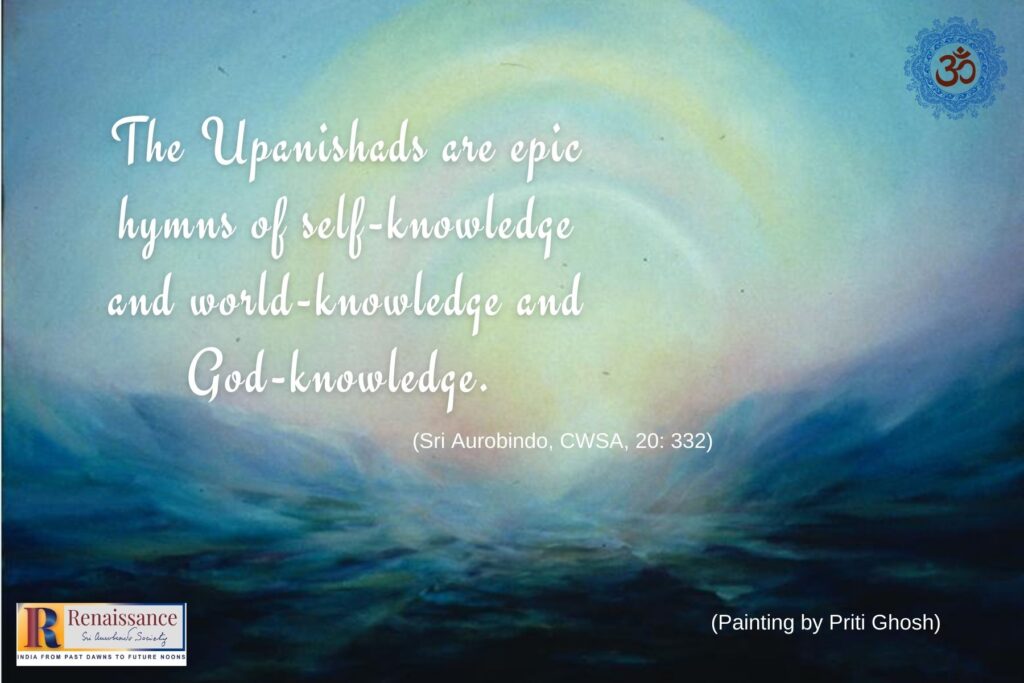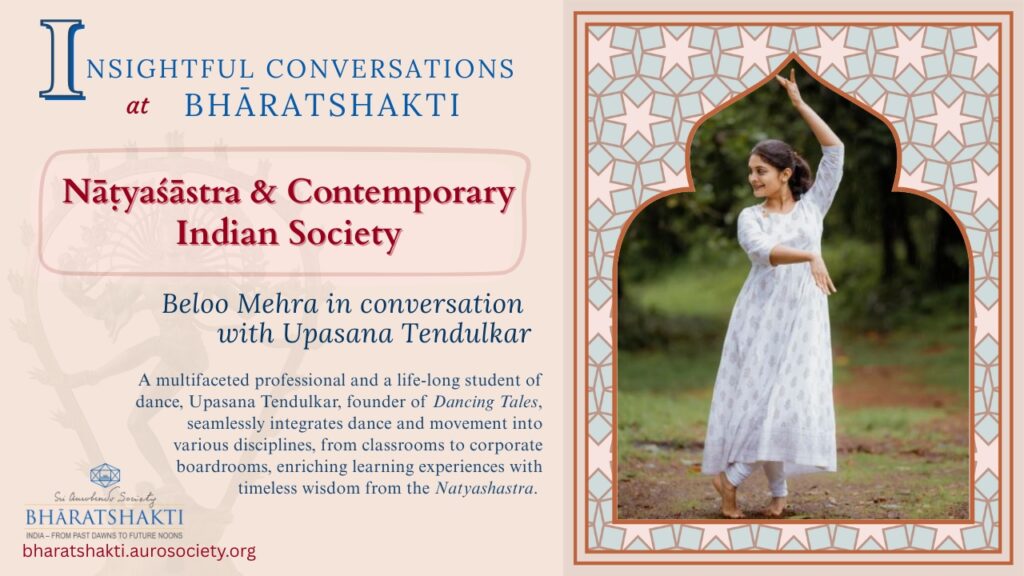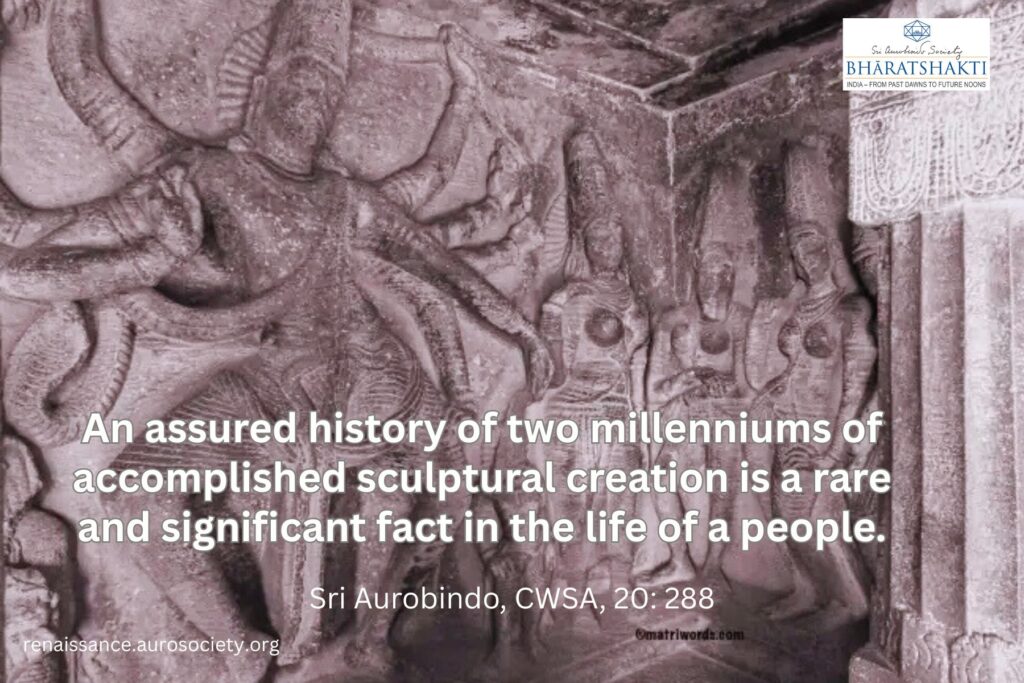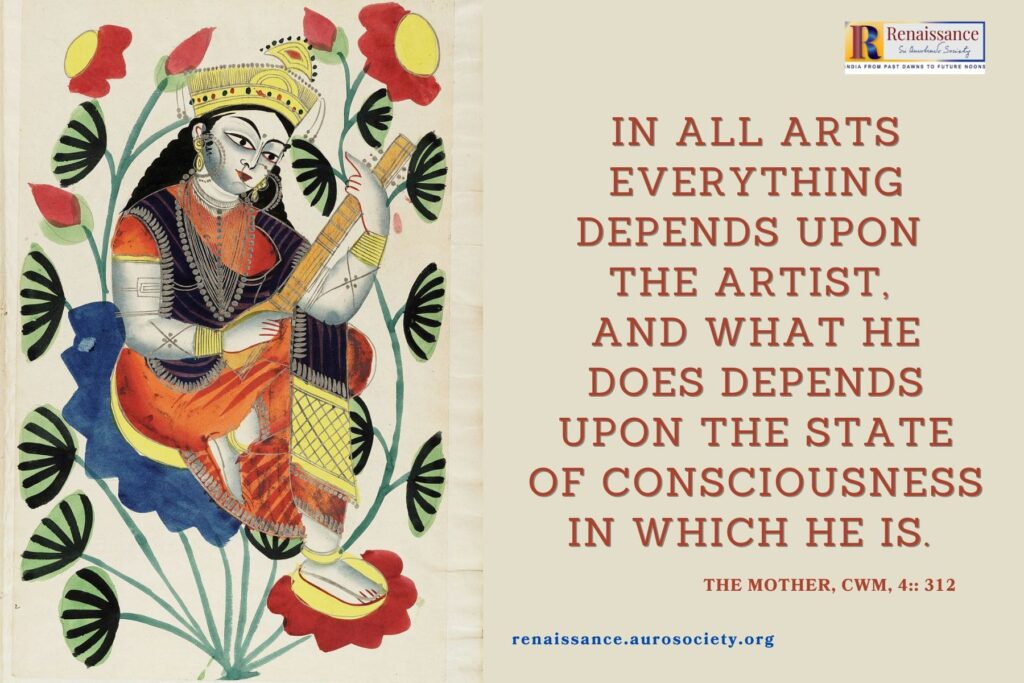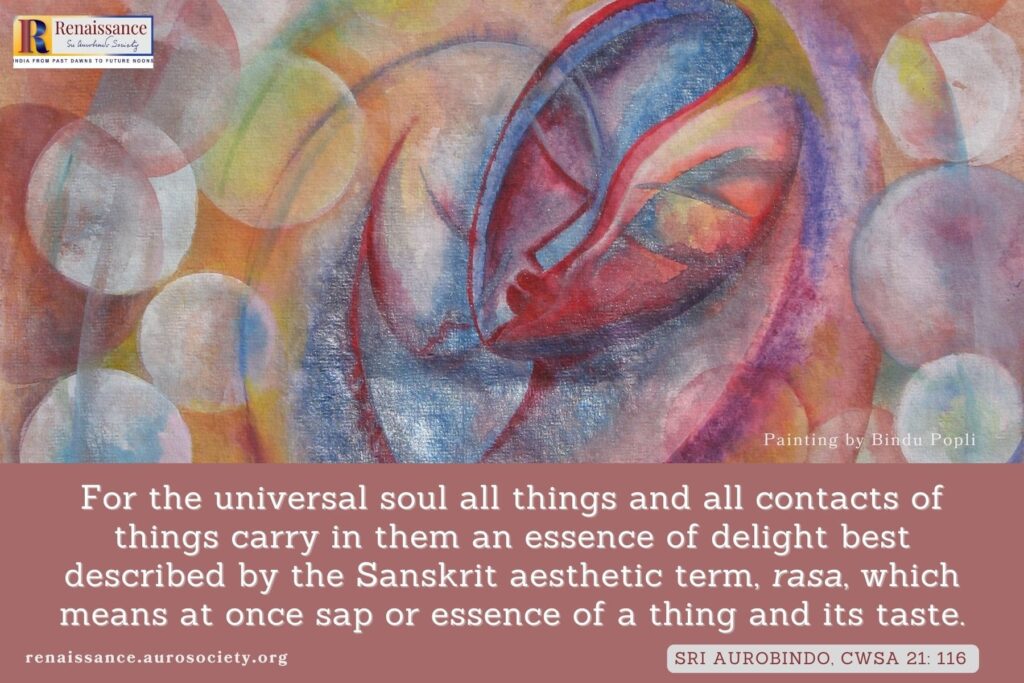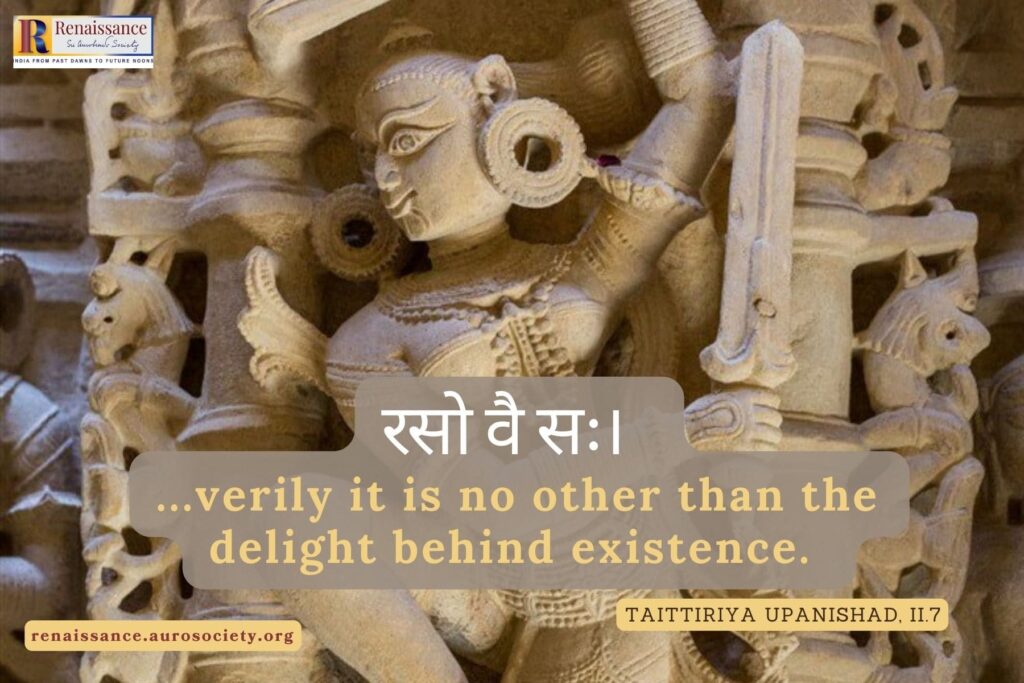Video: What Made the Age of Upanishads Possible?
This video features Sri Aurobindo’s description of the age of Upanishads, the supreme work of the Indian mind, the highest self-expression of its genius.
Video: What Made the Age of Upanishads Possible? Read More »

